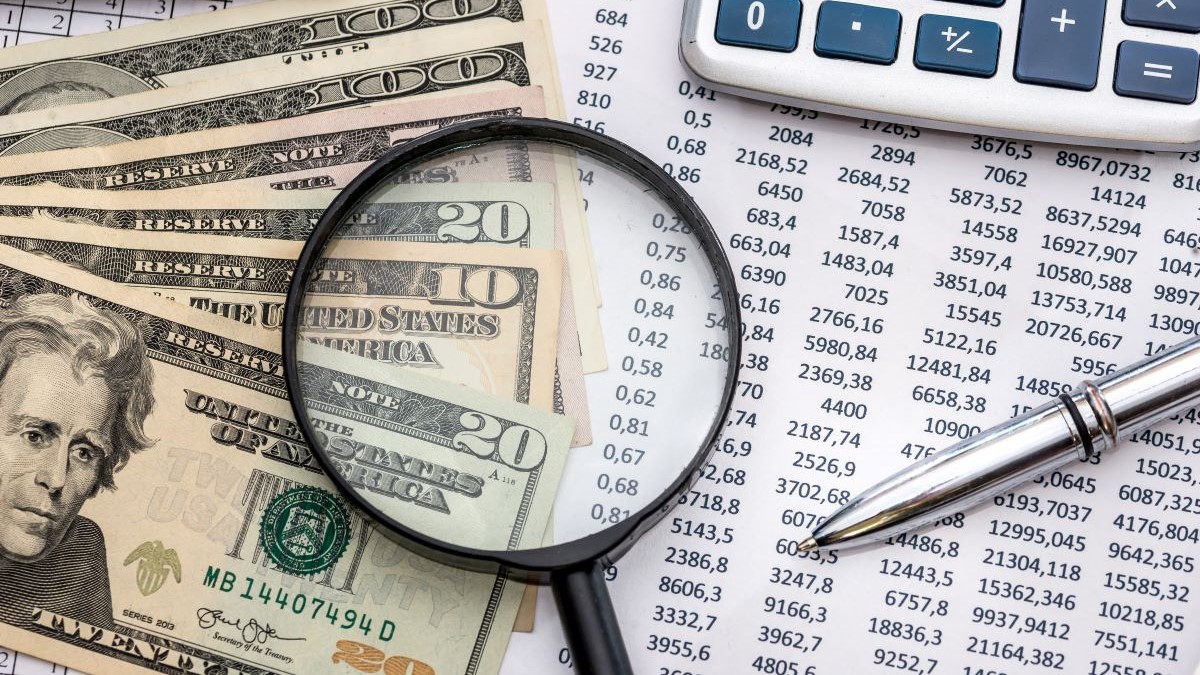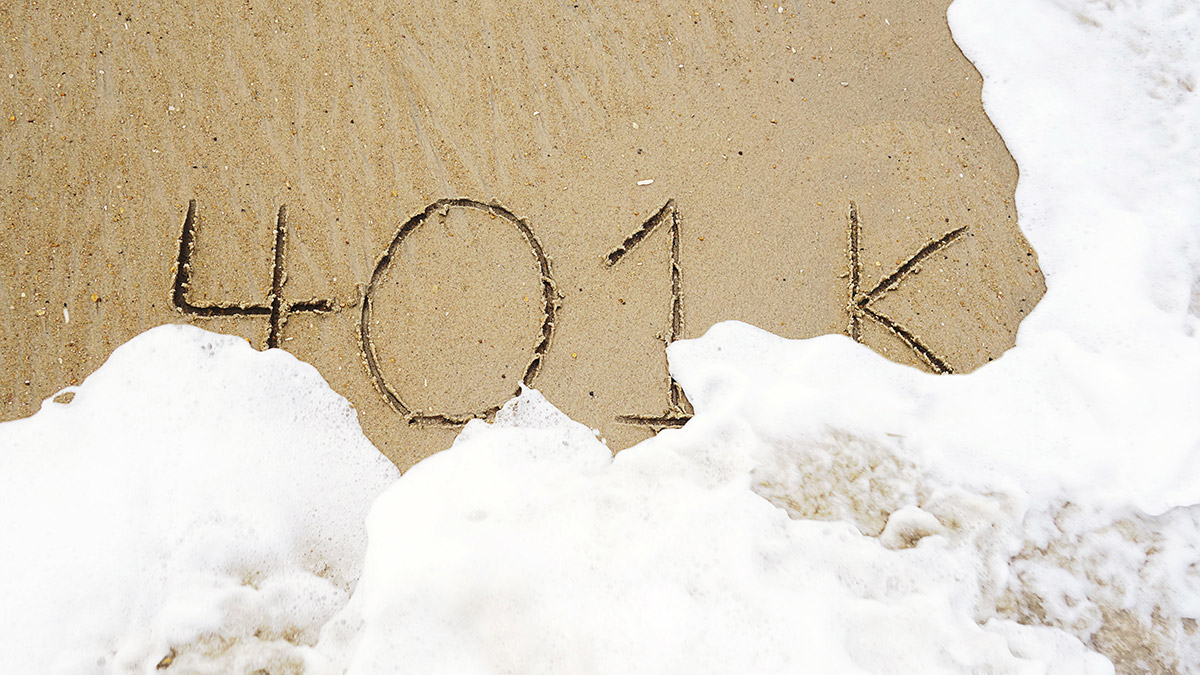Shield Your Emergency Fund From Inflation

Most financial experts suggest keeping three to six months worth of household expenses in savings to help in case of emergency. But with record inflation, that task just got a lot harder to accomplish as virtually every safe place to put your emergency funds will not provide interest rates that keep pace with inflation. But that does not mean you cannot increase the rate of return on these funds.
Here are some ideas to reduce the impact of inflation on your emergency funds.
- Actively monitor your savings account rate. An interest rate hike by the Federal Reserve may not instantly change the rate on your current savings account, but it could lead to a higher rate for other accounts offered by your current bank or other banks.
- What you need to know: If your bank is slow to raise your savings rate, be willing to monitor and shift funds to a bank that does. Just make sure the funds are still FDIC insured and are kept at a reputable bank.
- Take a look at Series I Savings Bonds. Series I Savings bonds are issued and backed by the U.S. government and feature two interest rate components: a fixed rate and an inflation rate. The fixed rate is set when the bond is issued and never changes during the life of the bond. The inflation rate resets semi-annually based on the Consumer Price Index.
- What you need to know: You must hold an I bond for at least 12 months before redeeming it. And although you can redeem it after one year, you’ll have to pay a penalty worth the interest of the previous three months if you redeem the bond within five years. And remember, you must be prepared to pay the penalty if you need the funds for an emergency.
- Creative use of Roth IRA funds in an emergency. Roth IRAs are funded with after-tax dollars. Because of this, early removal of the initial contribution is tax and penalty free. If you dip into the earnings, however, you will not only be subject to income tax, but also may be subject to a 10% early withdrawal penalty. Because of this, make sure to do your due diligence before using this option.
- What you need to know: Use of a Roth IRA is often a creative way to fund your emergency account while achieving higher returns with conservative investment choices, but it is not for the faint of heart. If you get this one wrong, it could cost you in taxes, penalties and lost fund value in a bear market. Prior to removing funds from any IRA, it makes sense to conduct a tax planning session.
Higher rates are out there, you just need to be aware and willing to actively manage your emergency funds to ensure you are attacking the risk of inflation.




